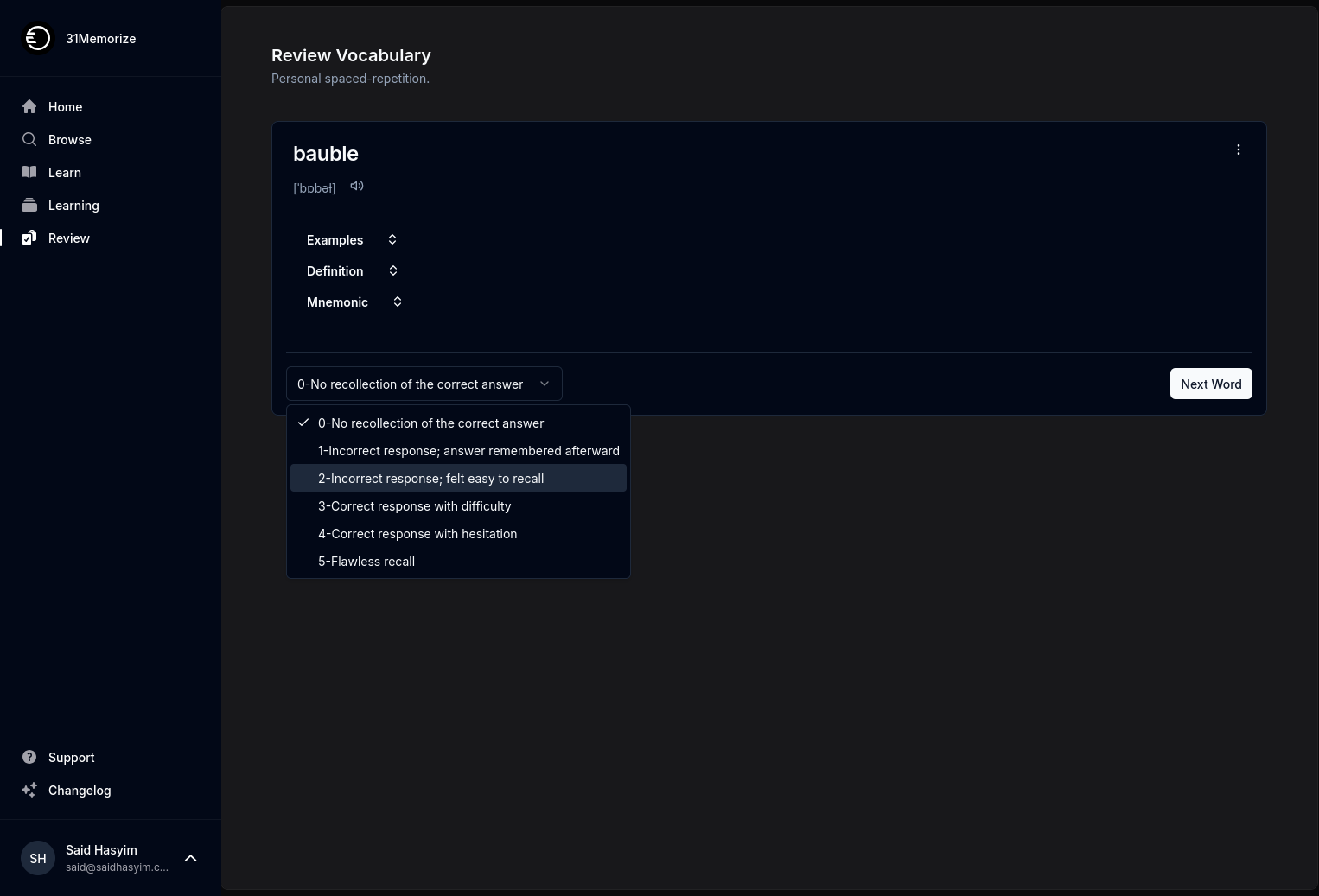Understanding the Connection Between Ratings and Sales
In today's competitive marketplace, understanding consumer behavior is crucial for businesses striving to improve their sales outcomes. One of the most compelling factors influencing consumer decisions is product ratings. Ratings, whether they appear as stars, scores, or reviews, can often serve as a significant indicator of a product's quality and reliability. However, the correlation between ratings and sales isn’t always straightforward. This blog post delves into the multifaceted relationship between ratings and sales, illustrating the nuances that businesses must consider.
The Importance of Ratings
Establishing Credibility
Ratings serve as a form of social proof. When potential buyers see that a product has high ratings, they're more likely to trust its quality. In an online shopping environment, where physical inspection is impractical, ratings provide an immediate gauge of a product's performance. According to studies, a significant percentage of consumers rely on online ratings and reviews, often stating that they look for products with at least a four-star rating.
Shaping Consumer Expectations
Ratings can set expectations for performance and satisfaction. When a product has high ratings, consumers generally anticipate that it will meet or exceed these expectations. Conversely, low ratings can dissuade potential customers from making a purchase, even if the product may have other appealing attributes. Hence, understanding and managing customer expectations via ratings can shape purchasing behavior.
The Impact of Ratings on Sales Performance
Direct Correlation
Research has shown that there is often a direct correlation between ratings and sales figures. When a product’s rating improves, its sales typically follow suit. E-commerce platforms frequently display higher-rated products more prominently, achieving better visibility and thus more sales conversions. This phenomenon highlights the importance of effective inventory and review management to boost sales.
The Influence of Product Categories
However, the correlation between ratings and sales can vary considerably across different product categories. For example, high-ticket items, like electronics or luxury goods, may place greater emphasis on ratings compared to low-cost items, such as everyday groceries. Consumers may invest more time in researching higher-priced products to ensure that they make an informed decision. Therefore, a lower-rated high-ticket item may struggle to sell, whereas a low-rated item within a low-cost category could still perform reasonably well.
Role of Volume in Ratings
We must also consider the volume of ratings. A product with a 4.5-star average based on 100 ratings may have different implications than another product with the same rating but only 10 ratings. The trust consumers place in ratings can often hinge on the number of reviews as well. A large pool of ratings typically suggests that more people have had the opportunity to experience the product, therefore enhancing its credibility.
The Effect of Negative Reviews
While positive ratings can boost sales, negative reviews can have the reverse effect. A single negative review on a product’s page can discourage potential buyers. This underscores the need for businesses to monitor feedback closely, respond to customer inquiries, and address product issues quickly. A proactive approach can illustrate to future customers that the company values feedback and stands behind its products.
The Role of Marketing in Ratings and Sales
Brand Reputation
A brand’s reputation can impact how consumers interpret ratings. Well-known brands might get the benefit of the doubt despite lower ratings, whereas lesser-known brands may struggle despite having higher ratings. Consumers often tie their perceptions of a brand's quality to their existing knowledge, experience, and the marketplace's overall reputation.
Leveraging Ratings in Marketing
Businesses can leverage positive ratings in their marketing campaigns. Highlighting high star ratings, testimonials, and reviews can create compelling marketing content that resonates with potential customers. This strategy is particularly effective in digital marketing, where ratings can be featured on websites, social media, and email newsletters.
The Emergence of AI and Ratings
Predictive Analytics
The rise of artificial intelligence and machine learning is introducing new ways to analyze the connection between ratings and sales. Data can be collated to predict consumer behavior based on ratings trends, essentially allowing businesses to forecast sales more accurately. These insights can help in inventory management, pricing strategies, and promotional campaigns.
Enhancing Customer Experience
AI can also facilitate improved customer experiences by providing personalized suggestions based on ratings. For instance, a consumer's individual preferences can be matched with a product's high ratings, leading to more informed purchasing decisions.
Conclusion
Understanding the relationship between ratings and sales is vital for any business aiming to enhance its market position. While higher ratings generally correlate with increased sales, multiple factors influence that connection, including product category, volume of ratings, marketing efforts, and brand reputation. Companies must actively engage with consumer feedback and leverage ratings as a strategic asset to improve both customer trust and sales performance. By doing so, they can navigate the complex landscape of consumer behavior, ensuring long-term success in an ever-evolving market.
As technology continues to evolve, businesses that adapt to the changing dynamics of ratings and sales will likely find themselves better positioned for growth. Whether you are a new startup or an established business, paying close attention to this intricate relationship can yield valuable insights into customer preferences and behaviors.
